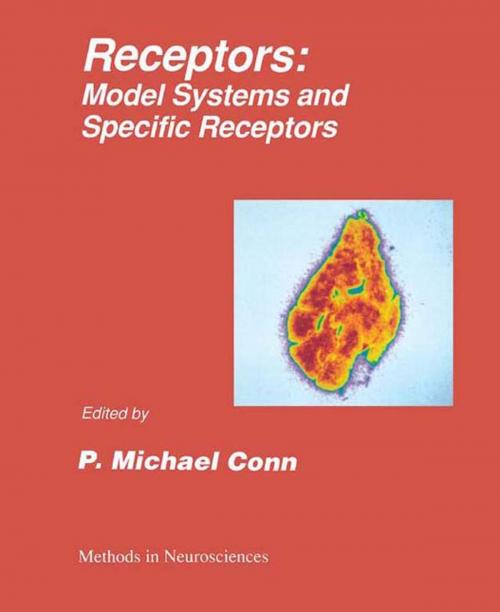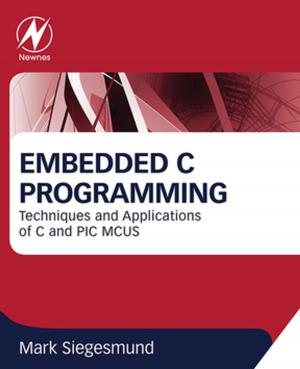Receptors
Model Systems and Specific Receptors
Nonfiction, Science & Nature, Science, Biological Sciences, Biochemistry| Author: | ISBN: | 9781483259703 | |
| Publisher: | Elsevier Science | Publication: | October 22, 2013 |
| Imprint: | Academic Press | Language: | English |
| Author: | |
| ISBN: | 9781483259703 |
| Publisher: | Elsevier Science |
| Publication: | October 22, 2013 |
| Imprint: | Academic Press |
| Language: | English |
Methods in Neurosciences, Volume 11: Receptors: Model Systems and Specific Receptors is a compilation of papers that describes techniques and information that are important to the neurosciences. This volume discusses preferred receptor techniques, molecular techniques, and methods to determine receptor subclasses and localization in the ligand design.
The first paper discusses the steroid receptor found in the central nervous system for steroid hormones that affects strongly the structure and function of both developed and immature nervous systems. Another paper describes how a glycoprotein of 79.5 kDa (transferrin) carries iron in the blood stream for delivery to different tissues, after the transferrin has bound with a specific receptor on the surface of the cell. This book also explains the binding sites of pituitary adenylate cyclase-activating polypeptide in the human brain, while one paper analyzes the neurotensin receptors during the primary culture of neurons. This volume then also analyzes the structure and function of the fast nerve growth factor receptor, particularly how a signal on the outside of a cell is transmitted to the cell's interior.
This collection is helpful for microbiologists, cellular researchers, students, and professors in the discipline of neurosciences.
Methods in Neurosciences, Volume 11: Receptors: Model Systems and Specific Receptors is a compilation of papers that describes techniques and information that are important to the neurosciences. This volume discusses preferred receptor techniques, molecular techniques, and methods to determine receptor subclasses and localization in the ligand design.
The first paper discusses the steroid receptor found in the central nervous system for steroid hormones that affects strongly the structure and function of both developed and immature nervous systems. Another paper describes how a glycoprotein of 79.5 kDa (transferrin) carries iron in the blood stream for delivery to different tissues, after the transferrin has bound with a specific receptor on the surface of the cell. This book also explains the binding sites of pituitary adenylate cyclase-activating polypeptide in the human brain, while one paper analyzes the neurotensin receptors during the primary culture of neurons. This volume then also analyzes the structure and function of the fast nerve growth factor receptor, particularly how a signal on the outside of a cell is transmitted to the cell's interior.
This collection is helpful for microbiologists, cellular researchers, students, and professors in the discipline of neurosciences.















